Agricultural land in Ethiopia has to feed more and more people. However, the land is being decimated by deforestation, overgrazing and poorly planned crops. To stop the degradation of their land, many Ethiopian farmers are actively committed to a KfW project that promotes sustainable land management and ensures water supply in their country.
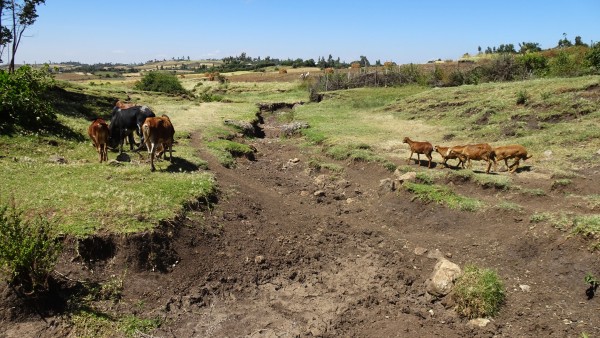
Wound in the landscape
The pastures in the region of Oromia are riddled with gullies. Rain runs off along the surface of the gullies, but the water hardly seeps into the ground and takes fertile soil with it.
Dirk Wenzel was particularly impressed by one encounter. It happened in the Ethiopian highlands with a farmer in a former erosion gully. A gully is like a wound in the landscape, often caused by human intervention. Rain runs off over the surface of the gullies, but the water hardly seeps into the ground and takes fertile soil with it. The farmer explained that they had managed to stabilise some of the larger gullies on their land through construction measures, they had planted trees, hedges and forage grasses and then intensified cattle breeding.
“Now that we have been able to make systematic use of the stabilized gully and increase yields on the surrounding cropland, our economic situation is even better than before,” said the farmer. Wenzel, the KfW expert, studied hydrology while the farmer from Lume in the Oromia region has no such training. But he has learned – also with Wenzel's support – from past mistakes and has familiarised himself with different ways to combat erosion. He can therefore explain to Wenzel in detail how to identify the underlying problems of a water catchment area, how to protect it and not only maintain but also increase the yields on agricultural land.
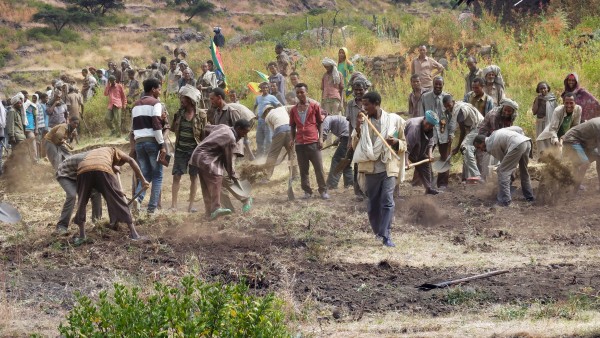
A lot of hands are needed
To protect and restore a water catchment area, the farmers have to construct terraces, create embankments and drainage ditches that follow contour lines and retain the water.
Lume is one of the 33 woredas (roughly equivalent to our counties) that KfW supports on behalf of the German Federal Ministry for Economic Cooperation and Development in sustainable land management. There are ten other woredas, which KfW now manages on behalf of the EU. The programme began in 2010 and is part of the Ethiopian government's Sustainable Land Management Programme (SLMP).
With nearly 110 million inhabitants, Ethiopia has the second largest population in Africa after Nigeria, and continues to grow rapidly. 80 per cent of them live in rural areas, most as subsistence farmers. The land that can be used for farming has to feed more and more people, but at the same time is decimated by deforestation, overgrazing and farming on unsuitable sites. The Ethiopian government estimates that about 30,000 hectares of fertile soil are lost each year as a result of erosion. “We want,” explains Thomas Wolf, the KfW project manager responsible for the project, “to prevent land that was previously a reliable source of food from eroding and eliminating the livelihood of the farming families.” Wolf and Wenzel are KfW's supervisors for the Sustainable Land Management Ethiopia project, which is endowed with 60 million euros by the German Federal Government and 10 million euros by the EU. The farmer from Lume also owes his knowledge to this programme.
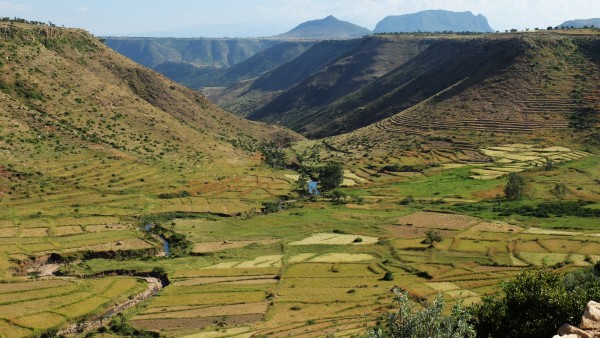
Visible change
New terraces on the slopes are designed to stop the soil erosion in this river valley in the Tigray region.
In Lume, as everywhere else, the problems began with forest clearance to create farmland. “But forest,” says Wenzel, “is the best medium for a stable water cycle. It absorbs water like a sponge, stores it and releases it over a longer period of time.” Deforestation was followed by short-term overuse, then by soil erosion. In order to survive, farmers kept more animals, which led to overgrazing, or they were forced to farm on unsuitable slopes or in the immediate vicinity of watercourses. “Farming practices and economics are increasingly off-balance,” says Wenzel, “which is why the farmers affected were so willing to cooperate in the project.” Protecting and restoring a water catchment area means constructing terraces, creating embankments and drainage ditches that follow contour lines and retain water and stabilising terrain damaged by erosion with retaining walls. As a result, rain no longer drains off through gullies in a torrent, but refills the groundwater reservoirs.
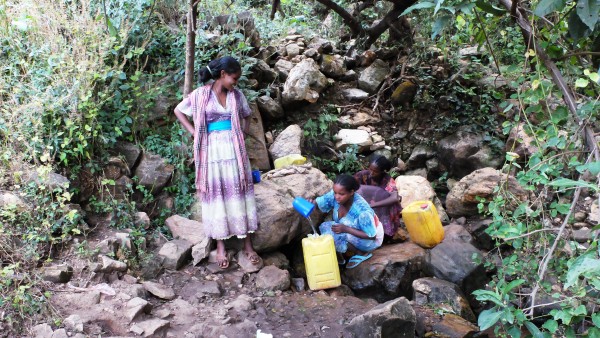
The water is returning
Where water flows again from natural sources after years of being dried up, spring enclosures and hand-operated wells are planned to be built to ensure a reliable drinking water supply.
A reliable supply of clean drinking water is not something to be taken for granted in the Ethiopian highlands. “In rural areas you still see many children drinking from cattle troughs, ponds or puddles,” says Wolf, “but we all know that clean water is an essential condition for a better life.” One of the many small individual measures of the programme is also to build spring enclosures and hand-operated wells in places where the water is flowing again after years of being dry. Work like this is done by local construction workers. They also construct retaining walls, small dams, water reservoirs and retention basins under the supervision of engineers and construct paths and river crossings. Otherwise, however, the farmers largely take responsibility for combating erosion themselves.
The three-phase approach of the KfW project is based on the commitment and mobilisation of the local population and administration. At municipal level, the farming families plan and decide together with the agricultural consultants of the county administration which water catchment areas and land are to be addressed or repaired and how.
KfW Research
Ethiopia is making positive headlines with reforms. A recent study examines the economic and social transformation process of the country.
Learn moreDuring phase two, the municipal plans are implemented and the soil of the endangered areas is stabilised by many individual measures – including jointly agreed grazing bans. This is followed by the planting and use of the land.
The “national grain” teff, a very robust and frugal millet, is traditionally grown in the Ethiopian highlands, but also coffee, wheat and maize. In addition to plants for feeding livestock, avocados are also among the newly introduced plants, along with apple trees. Beekeeping is relatively successful. Ethiopian honey not only sells well at local markets but is also highly valued in Europe.
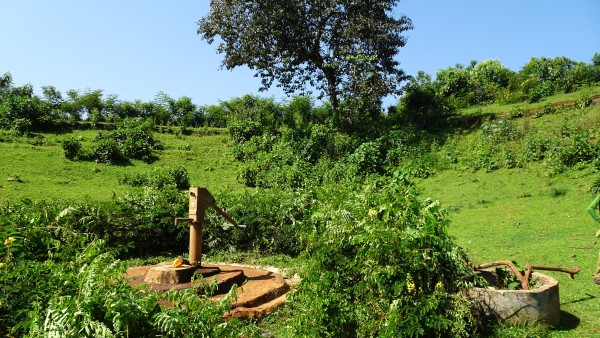
Small lever, huge impact
Hand-operated pumps like this one in the Oromia region facilitate access to clean water.
When reforesting erosion-prone slopes and hilltops, the main focus is on indigenous shrub and tree species, which provide good construction timber in addition to fruit and cattle feed.
In addition to boosting agricultural production, KfW, together with its local partners and the EU, is also increasingly promoting biodiversity conservation in the current project phase. In particular, the municipalities bordering the national parks in the highlands, such as the Simien Mountains and the Bale Mountains, are to be supported in their efforts to improve land management. If stabilisation of the surrounding water catchment areas is successful, livestock farmers in particular will no longer be tempted to drive their animals into the national parks, which supply water to entire parts of the country, in search of grazing land.
According to Wolf and Wenzel's experience, the long term is also decisive for the success of KfW's Sustainable Agriculture Ethiopia Programme. “What has degraded over 20 years cannot be repaired in three years,” says Wenzel. Even though the first successes can already be seen after the first year, Wolf says that lasting stabilisation usually takes five years or longer. Only then can it be shown “that land management is truly sustainable”.
Published on KfW Stories: Wednesday, 20 March 2019
The described project contributes to the following United Nationsʼ Sustainable Development Goals
Goal 6: Ensure access to water and sanitation for all
There is no life without water! We need it for drinking, but also for producing food in agriculture. The United Nations thus recognised access to clean drinking water as a human right in 2008. However, 748 million people still live without clean drinking water. According to estimates, this causes the deaths of 5,000 children around the world each day. 2.5 billion people lack access to basic sanitation services.

All United Nations member states adopted the 2030 Agenda in 2015. At its heart is a list of 17 goals for sustainable development, known as the Sustainable Development Goals (SDGs). Our world should become a place where people are able to live in peace with each other in ways that are ecologically compatible, socially just, and economically effective.

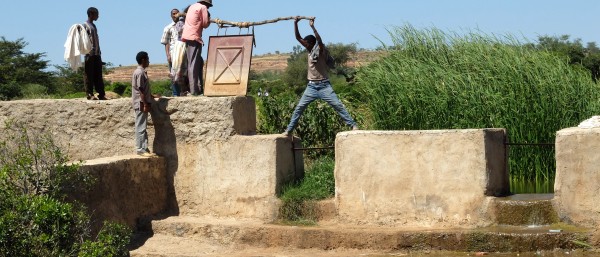
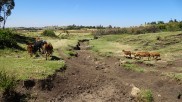
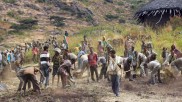
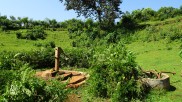
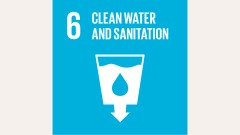
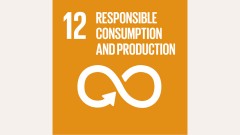
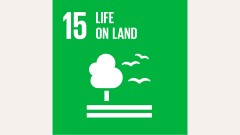

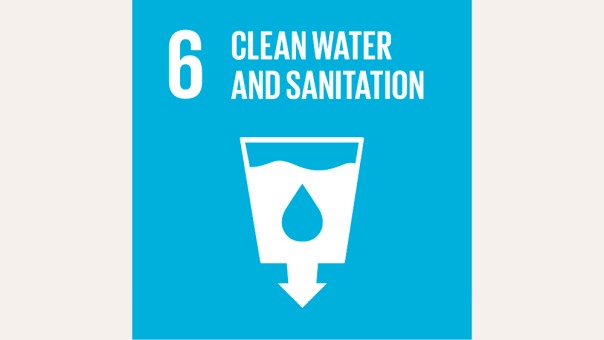
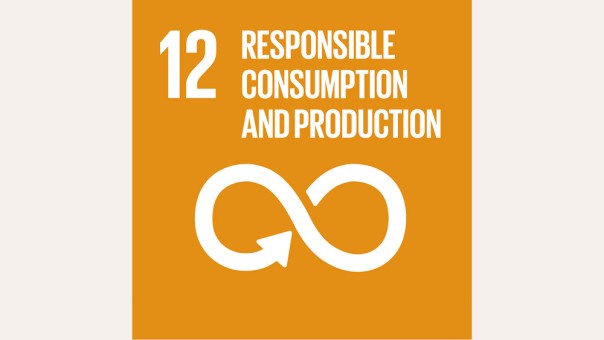
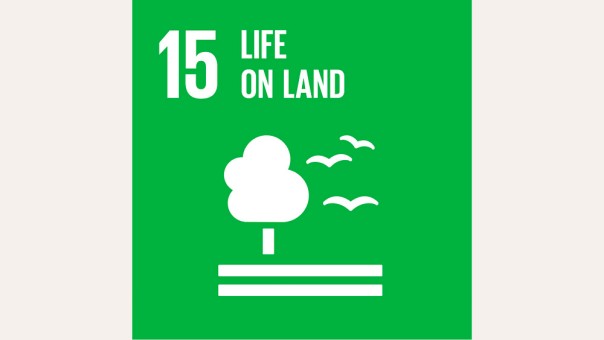


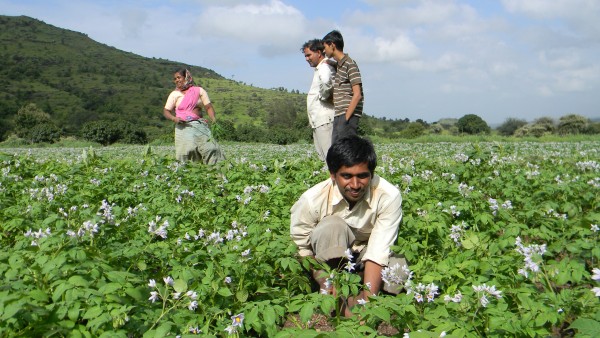
Data protection principles
If you click on one of the following icons, your data will be sent to the corresponding social network.
Privacy information